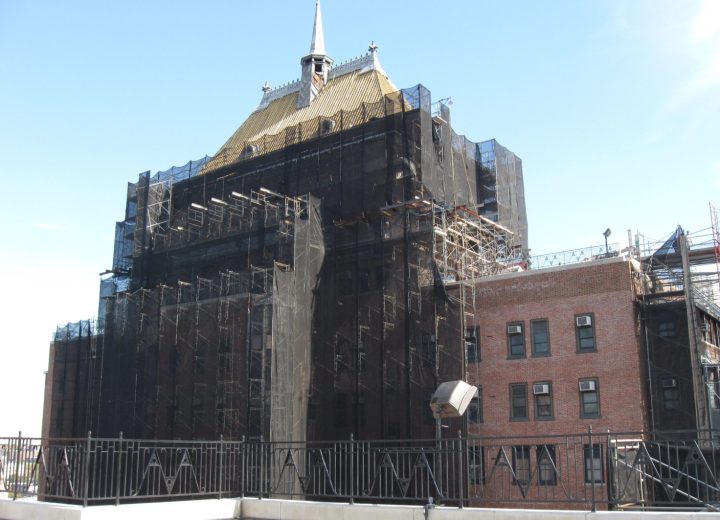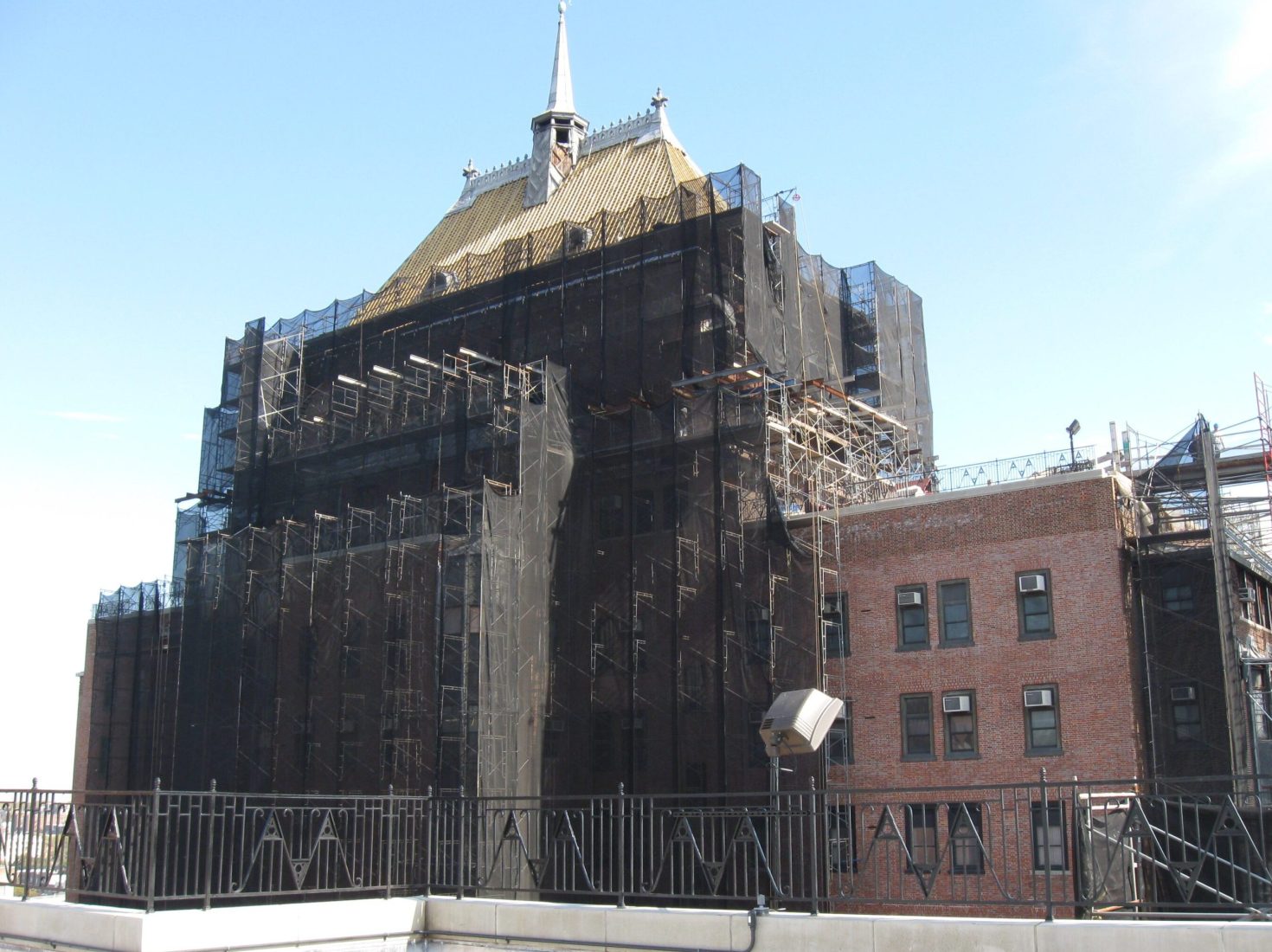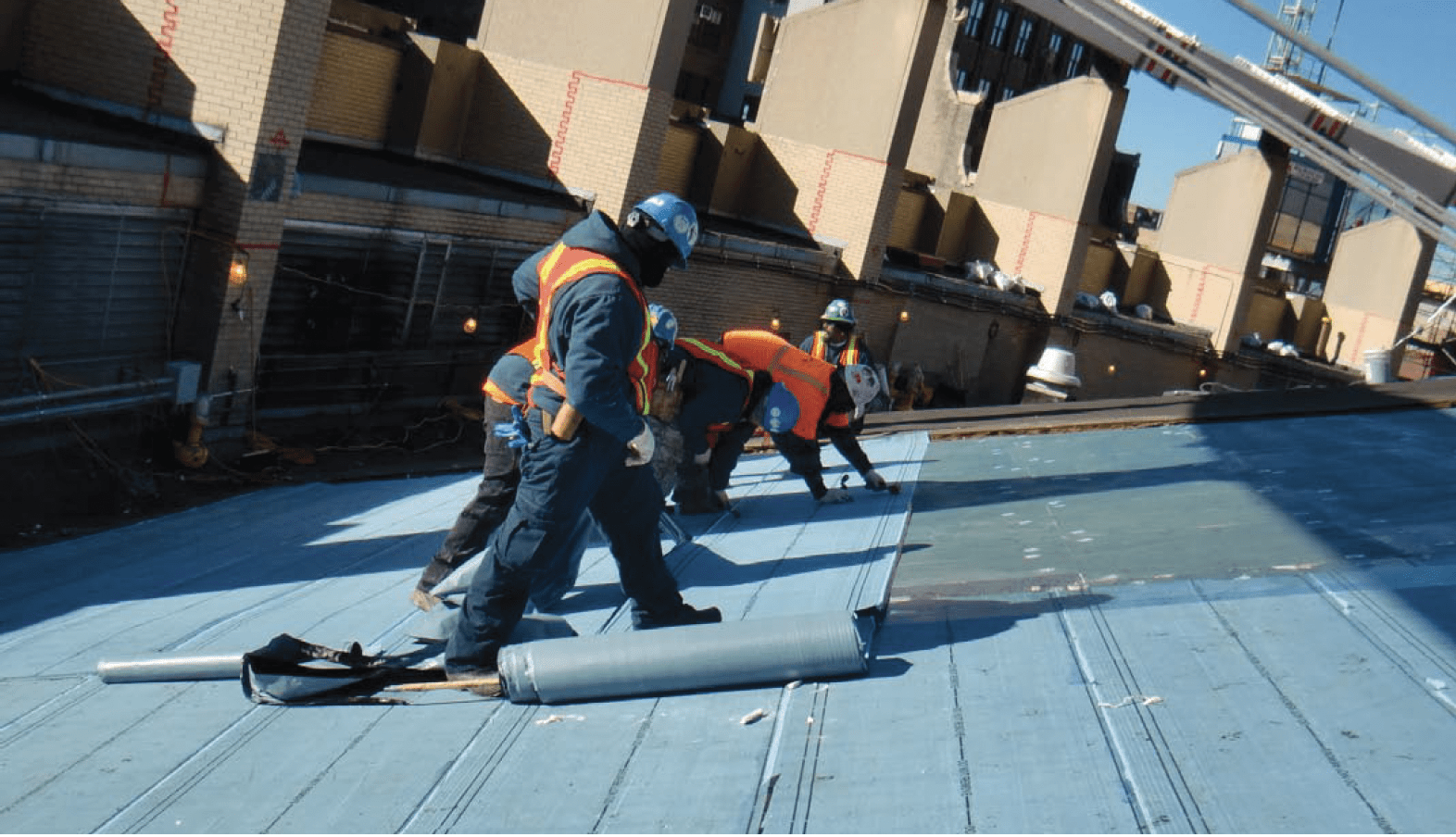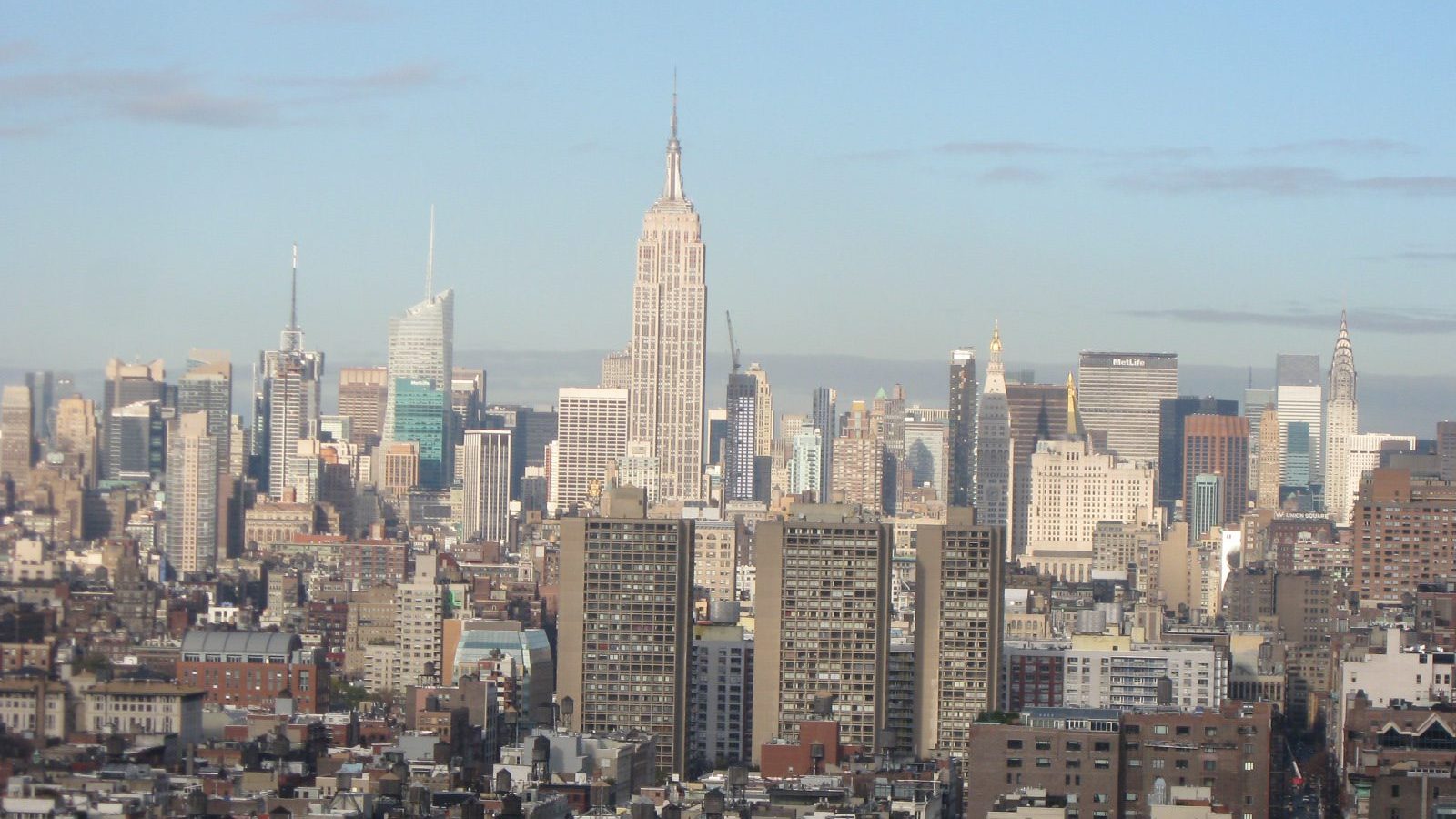Energy analysis mandates will change. Energy analysis has always been a core requirement of the NYC ECC, but the new version of the law parses this information in a new way. Be sure your design professional is familiar with the compliance pathways, as it will no longer be sufficient to include individual envelope, mechanical, and electrical analyses in the previously accepted format. Use of US Department of Energy software, such as COMcheck and DOE2, or other NY State-approved energy modeling software, may now be necessary for determining compliance.
Change orders will mean bigger delays than usual. Before submitting that first set of drawings to the DOB for approval, make sure it’s right. Any changes made during construction that deviate from the approved documents will now mean resubmitting for the DOB go-ahead.
Demonstrating compliance demands more specific documentation. A new, detailed section on construction documents aims to bolster requirements with specific references to popular green building lingo. R-values, fenestration U-factors, SHGCs, and economizers are now invoked as reference points when demonstrating conformance of the building envelope, insulation, and mechanical and lighting devices to approved drawings.
Inspection protocols become part of the law. A new section on inspection and testing requires progress inspections and a final inspection, as well as testing of building envelope, mechanical, and electrical systems. Where work fails to pass muster, it must be corrected and re-inspected or retested until it achieves compliance.
Other, more stringent code programs are now acceptable alternatives. With the passage of the new version of the NYC ECC, buildings can be approved to follow a different energy efficiency program—as long as it exceeds the standards of the NYC ECC.
The NYC ECC can’t be used to require removal or renovation. For those concerned that the new code will force energy retrofits on unwilling owners, rest assured that the city won’t act until you do. The bill includes a clause explicitly forbidding use of the ECC to compel owners to add to, demolish, or vacate buildings. The intent of the law is to provide an energy conservation baseline for elective alterations, not to prevent the continued use of existing buildings.
Flexibility in methods and systems is now made explicit. Despite more proscriptive language throughout, the bill does acknowledge the possibility of alternative materials and design approaches, and as such provides some opportunity for innovation.
My project is underway. Which version of the code applies?
The new code applies only to projects submitted to the DOB for construction document approval on or after December 28, 2010. Building and Alteration applications filed July 1 – December 28, 2010 may comply with the earlier version of the NYC ECC; work approved before July is not subject to the code. Note, though, that for applications filed on or after September 7, 2010, an as-built energy analysis demonstrating NYC ECC compliance is also required for construction sign-off.
What Owners and Managers Can Do Now
Those applying for building permits this month will need to keep a close eye on the newly enacted Local Law to find out when and if the changes will impact their projects. Backlogs may slow the permitting process as DOB officials juggle new forms and requirements, so plan ahead. Be sure that your architect or engineer is familiar with the amended code, so construction isn’t delayed due to insufficient or non-compliant documentation.
With its lofty aim to decrease the contribution of buildings to carbon emissions and climate change, the NYC ECC has the support of the Building Owners and Managers Association of New York (BOMA NY) and of the American Institute of Architects (AIA) New York Chapter, both of which have come out in support of the amendment. Because the NYC ECC requires periodic review of model codes, such as the IECC, updates to the regulations will be an ongoing process. Prudent building owners and managers would do well to think proactively as code changes continue to unfold.



